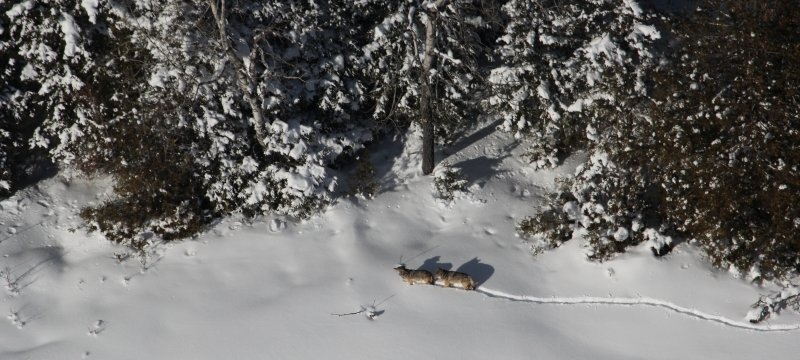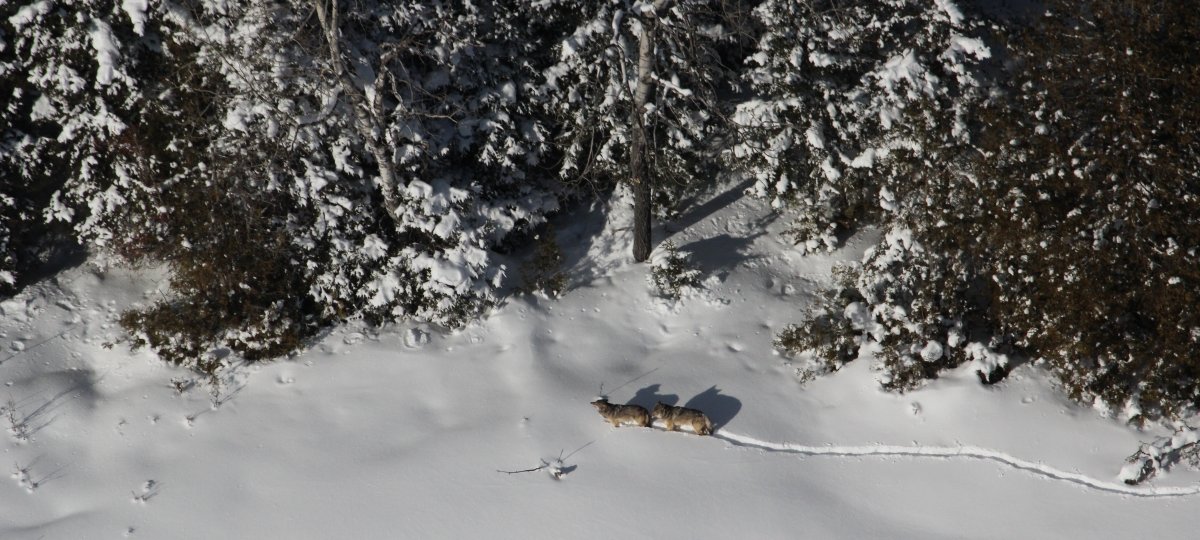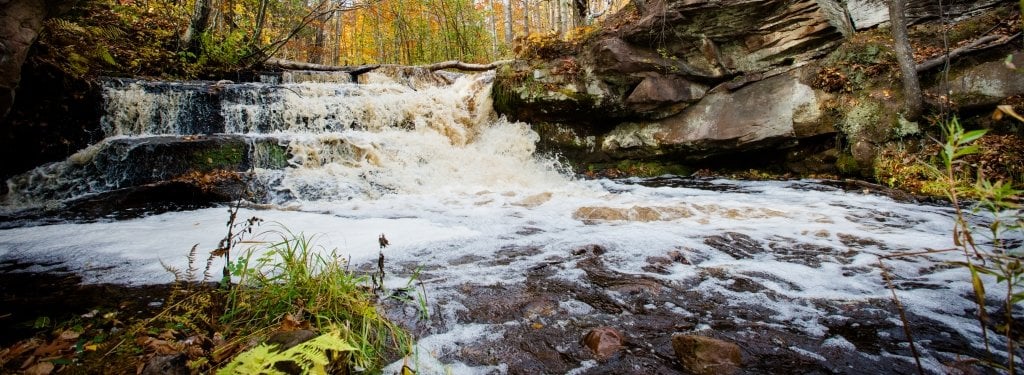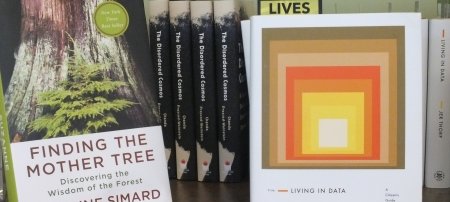What makes for an endangered species classification isn’t always obvious.
Lions and leopards are endangered species. Robins and raccoons clearly are not. The distinction seems simple until one ponders a question such as: How many lions would there have to be and how many of their former haunts would they have to inhabit before we’d agree they are no longer endangered?
To put a fine point on it, what is an endangered species? The quick answer: An endangered species is at risk of extinction. Fine, except questions about risk always come in shades and degrees, more risk and less risk.
Extinction risk increases as a species is driven to extinction from portions of its natural range. Most mammal species have been driven to extinction from half or more of their historic range because of human activities.
The query “What is an endangered species?” is quickly transformed into a far tougher question: How much loss should a species endure before we agree that the species deserves special protections and concerted effort for its betterment? My colleagues and I put a very similar question to nearly 1,000 (representatively sampled) Americans after giving them the information in the previous paragraph. The results, “What is an endangered species?: judgments about acceptable risk,” are published today in Environmental Research Letters.
About the Researcher
Three-quarters of those surveyed said a species deserves special protections if it had been driven to extinction from any more than 30% of its historic range. Not everyone was in perfect agreement. Some were more accepting of losses. The survey results indicate that people more accepting of loss were less knowledgeable about the environment and self-identify as advocates for the rights of gun and land owners. Still, three-quarters of people from the group of people who were more accepting of loss thought special protections were warranted if a species had been lost from more than 41% of their former range.
These attitudes of the American public are aligned with the language of the U.S. Endangered Species Act — the law for preventing species endangerment in the U.S. That law defines an endangered species as one that is “in danger of extinction throughout all or a significant portion of its range.”
But There Might Be a Problem
Government decision-makers have tended to agree with the scientists they consult in judging what counts as acceptable risk and loss. These scientists express the trigger point for endangerment in very different terms. They tend to say a species is endangered if its risk of total and complete extinction exceeds 5% over 100 years.
Before human activities began elevating extinction risk, a typical vertebrate species would have experienced an extinction risk of 1% over a 10,000-year period. The extinction risk that decision-makers and their consultant experts have tended to consider acceptable (5% over 100 years) corresponds to an extinction risk many times greater that the extinction risk we currently impose on biodiversity! Experts and decision-makers — using a law designed to mitigate the biodiversity crisis — tend to allow for stunningly high levels of risk. But the law and the general public seem accepting of only lower risk that would greatly mitigate the biodiversity crisis. What’s going on?
Grants and Funding
The research was supported in part by the Humane Society of the United States (HSUS) and Center for Biological Diversity (CBD). Survey design, data analysis and manuscript preparation were conducted without consulting HSUS or CBD.
One possibility is that experts and decision-makers are more accepting of the risks and losses because they believe greater protection would be impossibly expensive. If so, the American public may be getting it right, not the experts and decision-makers. Why? Because the law allows for two separate judgments. The first judgment is, is the species endangered and therefore deserving of protection? The second judgment is, can the American people afford that protection? Keeping those judgments separate is vital because making a case that more funding and effort is required to solve the biodiversity crisis is not helped by experts and decision-makers when they grossly understate the problem — as they do when they judge endangerment to entail such extraordinarily high levels of risk and loss.
Collaborators
Research collaborators include Jeremy T. Bruskotter of Ohio State University, Adam Feltz of University of Oklahoma, and Tom Offer-Westort, also of University of Oklahoma.
Facts and Values
Another possible explanation for the judgments of experts and decision-makers was uncovered in an earlier paper led by Jeremy Bruskotter of Ohio State University, who is also a collaborator on this paper. They showed that experts tended to offer judgments about grizzly bear endangerment based not so much on their own independent expert judgment, but on the basis of what they think (rightly or wrongly) their peers’ judgment would be.
Regardless of the explanation, a good answer to the question “What is an endangered species?” is an inescapable synthesis of facts and values. Experts on endangered species have a better handle on the facts than the general public. However, there is cause for concern when decision-makers do not reflect the broadly held values of their constituents. An important possible explanation for this discrepancy in values is the influence of special interests on decision-makers and experts charged with caring for biodiversity.
Getting the answer right is of grave importance. If we do not know well enough what an endangered species is, then we cannot know well enough what it means to conserve nature, because conserving nature is largely — either directly or indirectly — about giving special care to endangered species until they no longer deserve that label.
Michigan Technological University is a public research university founded in 1885 in Houghton, Michigan, and is home to more than 7,000 students from 55 countries around the world. Consistently ranked among the best universities in the country for return on investment, Michigan’s flagship technological university offers more than 120 undergraduate and graduate degree programs in science and technology, engineering, computing, forestry, business and economics, health professions, humanities, mathematics, social sciences, and the arts. The rural campus is situated just miles from Lake Superior in Michigan's Upper Peninsula, offering year-round opportunities for outdoor adventure.







Comments